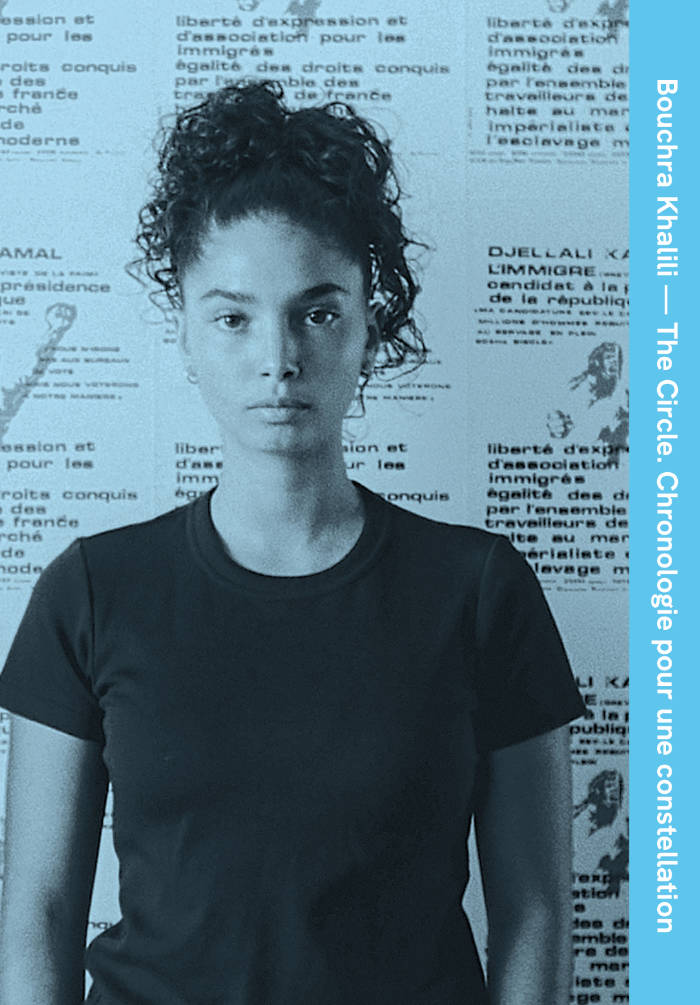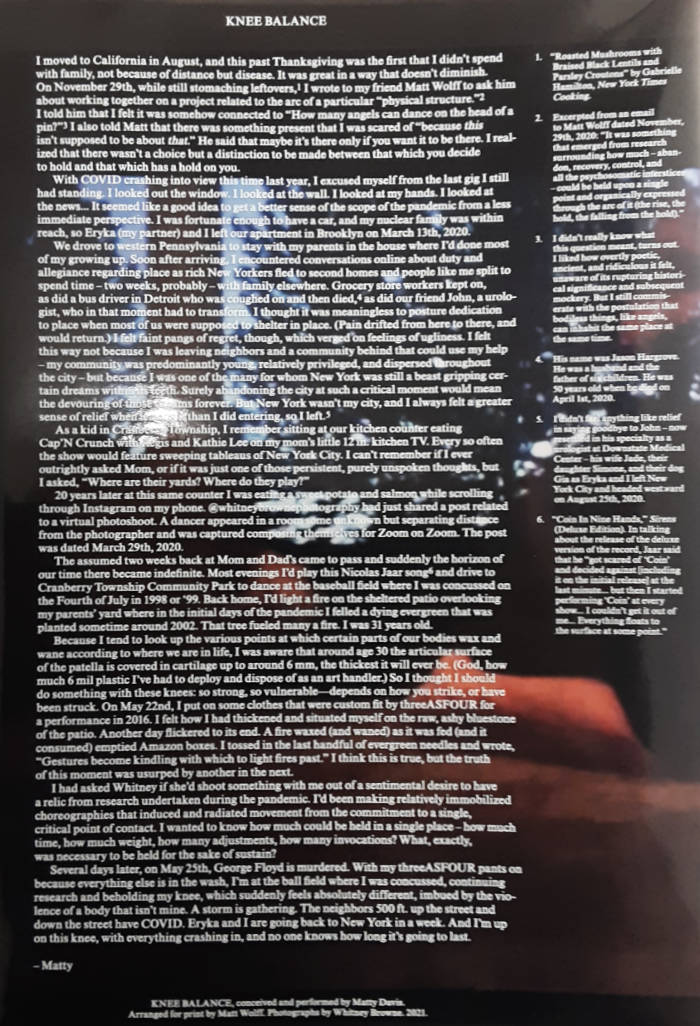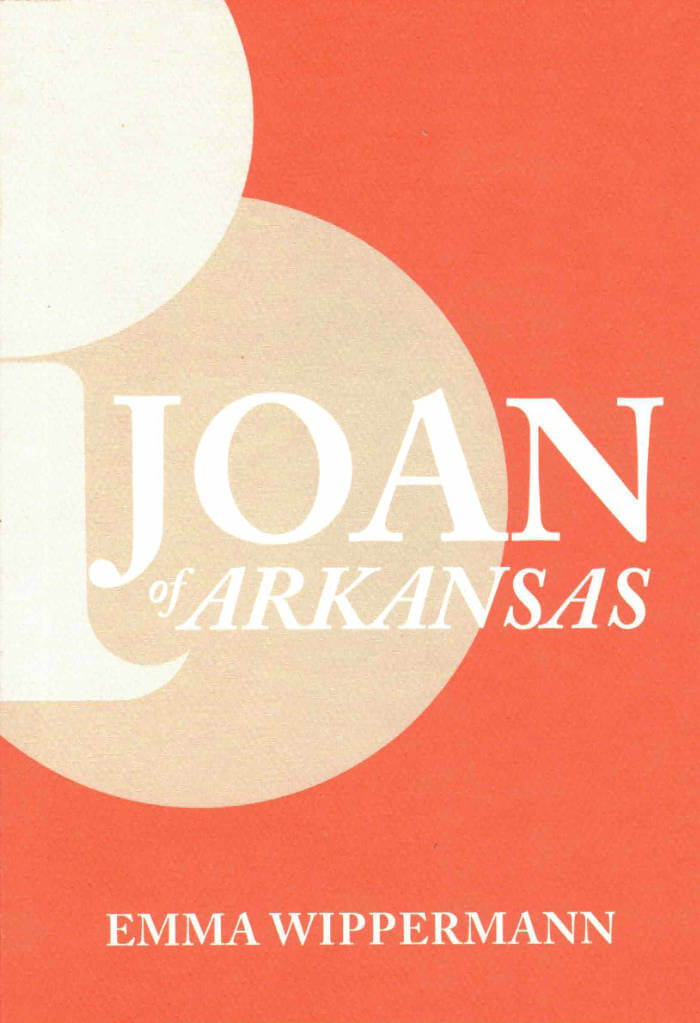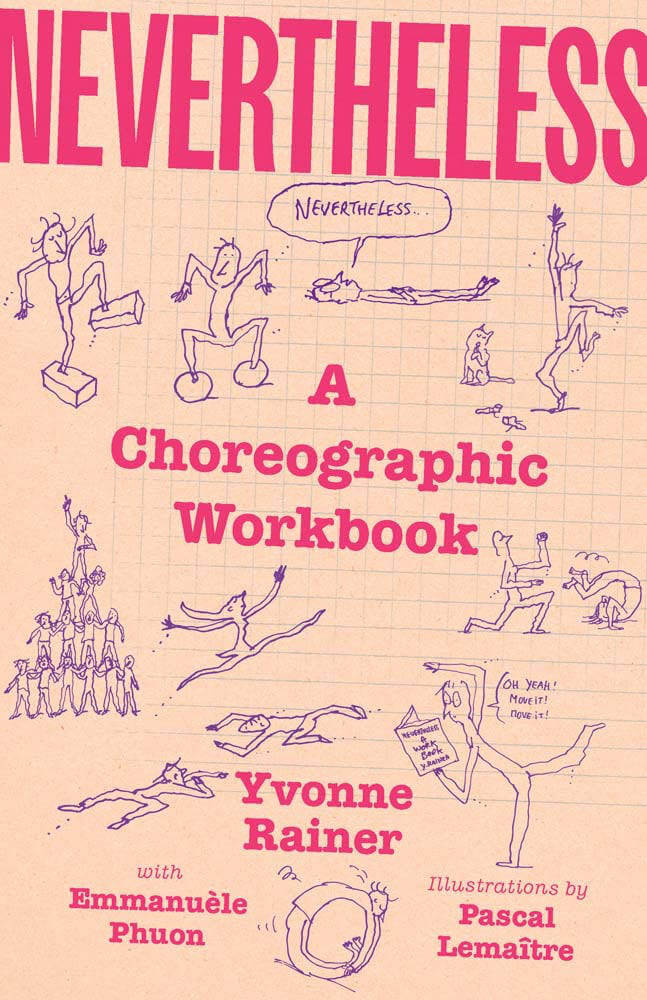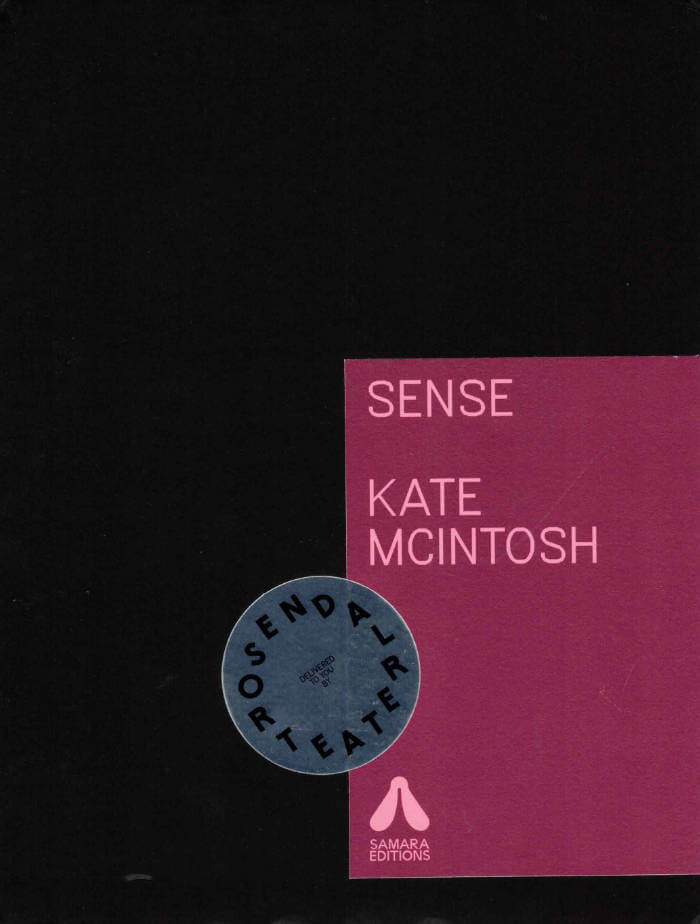
SENSE
Sense is a box of simple actions to try whenever you like. The Sense box contains three separate proposals - each one is unique and to be experienced independently from the others. The three parts are: a scent that confuses the wearer about their species, a ritual that turns the heart into a spray of lights, and a card game to start unexpected interactions among unknown hands. Sense is a subtle collection of sensory stimulants that are designed to open and rearrange perception of everyday events. Discover this box in your own time, and share with whoever you like. Take elements of it on your travels and try them with as many people as you can - the more friends and strangers do it, the more intriguing it can be.
Kate McIntosh creates work in a variety of different media, such as performance, theater, video and installation. Both humor and the link with science and experimentation are elements that frequently pop up in Kate’s work. Her practice is guided by her ongoing fascination with with misusing objects, and creating playful relations between spectators.

